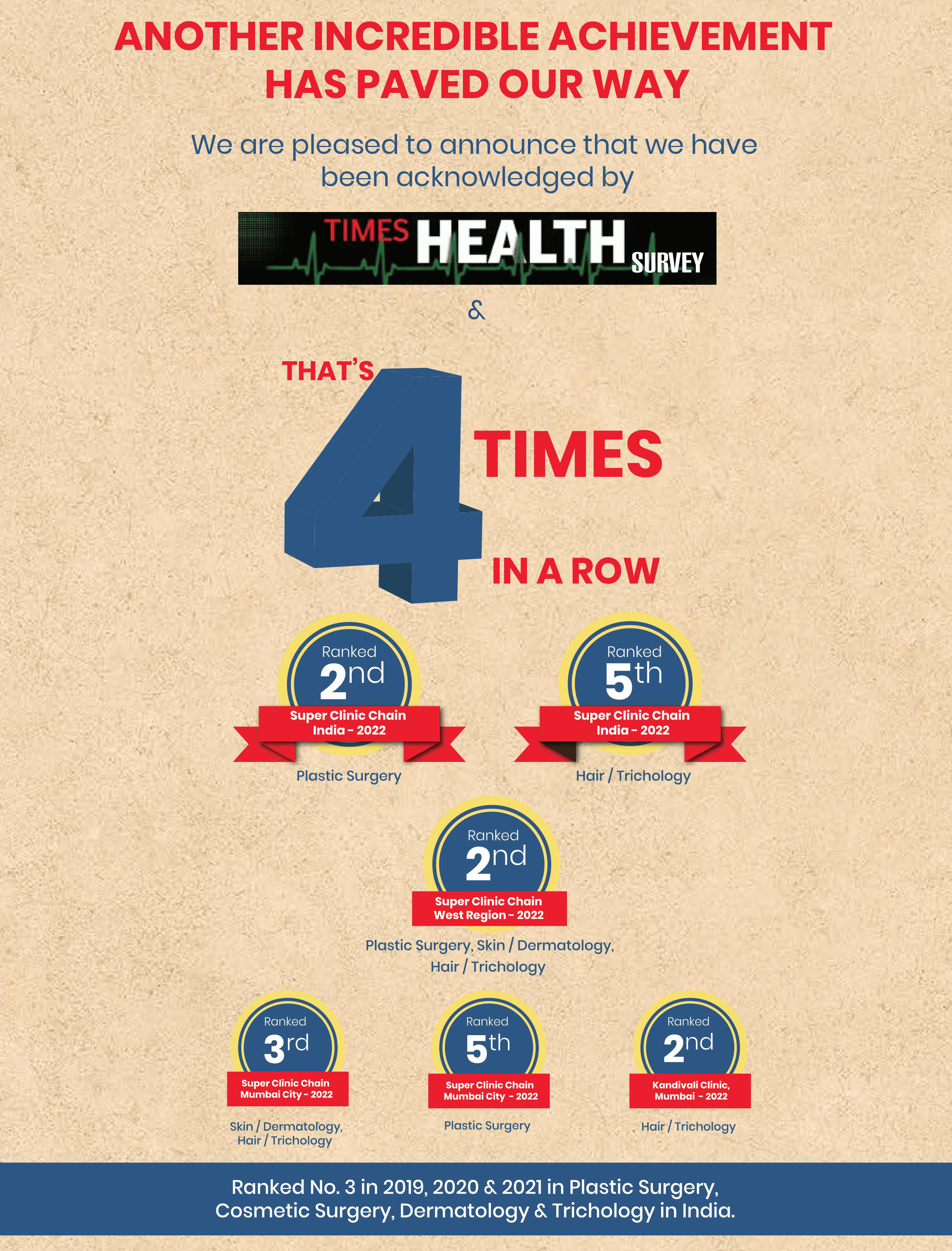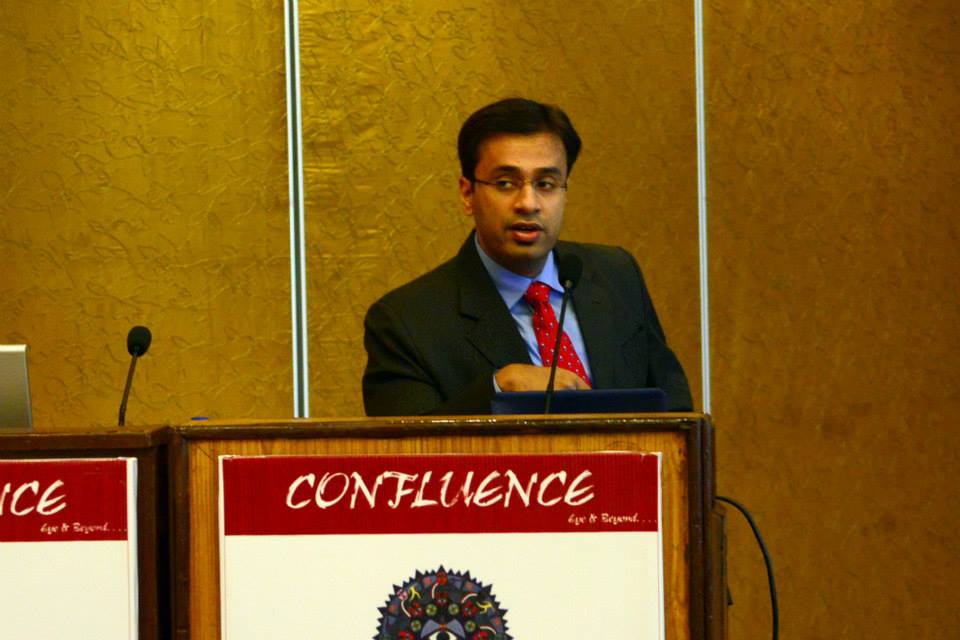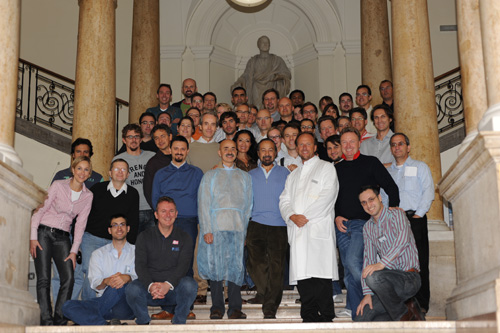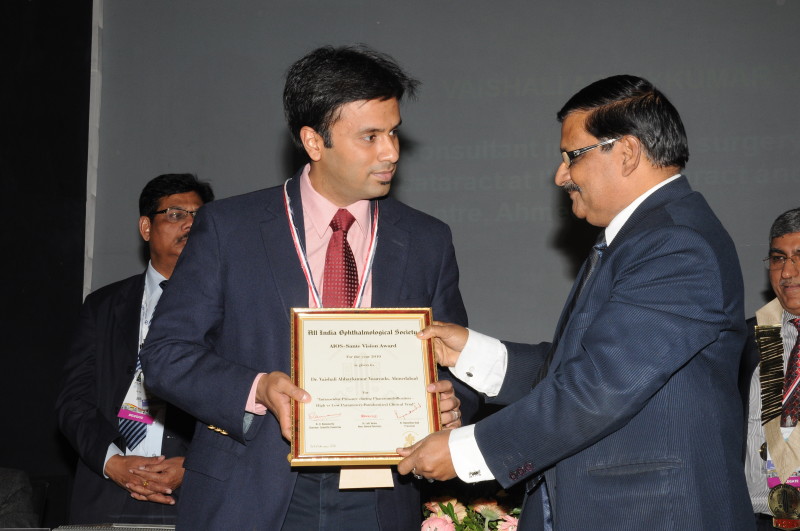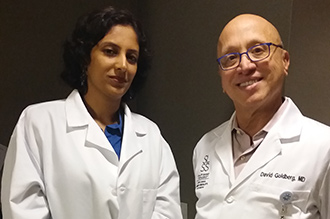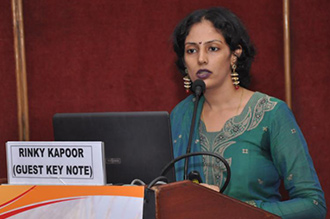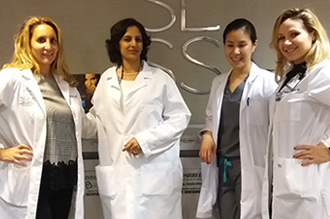Mustarde flap, or Mustarde cheek rotational flap, is a reconstructive surgical procedure directed at correcting large defects – caused by trauma, tumour, or injury – around the lower lid, cheek, and the junction of the cheek and eyelid. It has been vastly adopted in the treatment of certain skin malignancies and has resulted in significant positive outcomes in the management of large facial defects. As Mustarde flap is used in addressing full-thickness cheek/lower eyelid defects, it entails the harvesting of a graft from other parts of the skin. The overarching objective of this flap surgery borders on restoring marked physiologic functionality as per the mobility of the eyelid, leading to visual clarity while the structural integrity of the eyelid is also sustained. The surgeon also has the cosmetic outlook of the eyelid in view in this respect.
The very first step is to fix an appointment with an oculoplastic surgeon in a reputable clinic with the right resources. During your visit, you should be prepared to answer questions bordering on your medical/health history. More importantly, as it relates to the occurrence of malignant tumours, and lower eyelid defects. The surgeon will also want to know if you have had any facial reconstruction operation in the past, and also about the medications you are currently taking. Again, your lifestyle habits such as the use of tobacco and alcohol will also be looked at. The surgeon will also examine the severity of the defect, taking note of the depth and size [of the defect] thereof.
Broadly stating; the vertical and horizontal extents of the defect will be determined and photographed for closer examination and reference purposes. The surgeon will also determine the amount of tissue that will be used for the Mustarde flap surgery by gently applying tension to the medial and lateral edges of the defect to determine its size. Other aspects that will be carefully reviewed are the orientation of residual tarsus, evaluation of the status of the orbit, and anchorage for canthal fixation. Once the surgeon has established your need for Mustarde flap surgery, the next part of call will be to fix the date of your surgery while he/she moves on to make ready all that would be needed to perform a successful Mustarde flap procedure.
Here are some other preparatory tips that you should consider as you prepare for your Mustarde flap surgery:
Before you leave the surgeon’s office, the procedure will be extensively discussed with you so that you can have an insight into what it entails and how it is expected to turn out.
Mustarde Flap: The Procedure
Mustarde flap surgery can be done under local anaesthesia or general anaesthesia, and the surgeon will first make a marking right below the eyelashes, and around the lateral canthus. The surgeon will make a marking around the area of the defect – just right below the eyelashes – preserving a free border laterally and medially. This marking extends upwards, and then turning it outwards, the surgeon takes the marking down along the front of the ear – the marking so made outlines the plane through which the incision will run. The surgeon does this bearing in mind the need to have a flap that is 3 – 4 times the size of the defect. A full-thickness resection of the inferior and superior later canthal tendon is then achieved, along with the removal of the defect. Thereafter, the surgeon will move to incise the surgical area in reference to the marking, with the lateral and upper margin of the flap duly highlighted. It should be noted that the extent to which this incision will be made is dependent on the undermining of the cheek flap, with the surgeon evaluating if there is any need for more extension – and the flap is transposed over the defect. Undermining the cheek flap, in this case, is intended to ensure adequate medial rotation of the flap, even as tension is minimized on the wound thus making it easy to close up the wound in the end. The surgeon will now proceed to suture the flap to the adjoining (skin) tissue towards the midline thus repositioning the flap. The upper edge of the flap is then overcorrected to prevent ectropion – whereby the eyelid from turning outwards. This is done by suturing the area, fastening the flap’s underlying tissue to the periosteum of the lateral orbital margin – right above the canthal ligament attachment.
The next line of action is the reconstruction of the lamella which is done by harvesting a segment from the auricle cartilage and a graft from the mucosal lining of the buccal cavity and these were combined to make the buccal mucosa graft. The donor site in the buccal cavity will then be suture with 5-0 Vicryl. Thereafter, the surgeon will bring up the cartilage to the underside of the flap and spread the mucosa graft over it, ensuring that the coverage is beyond the margin of the cartilaginous segment, and a 6-0 dissolvable suture is used in holding all the components in place. A series of non-absorbable sutures are then applied to close up the incisions, with the surgeon positioning a drainage system in the medial and preauricular aspects. Finally, compressive surgical dressing is placed over the (surgical) site to prevent localized bleeding away from the blood vessels.
Mustarde flap surgery has, no doubt, been a highly effective procedure for the reconstruction of the lower eyelid. But the procedure is not without certain complications; some of which include:
Virtually all the complications listed here can be resolved with surgical expertise – and keen attention to the anatomic framework of the eyelid. This further buttresses the need to have your Mustarde flap surgery performed by top professional plastic surgeons in a good clinic.
You will need to return to the clinic 24 hours after the operation for the removal of the drain – if one has been placed within the surgical site. The non-absorbable suture will be taken off one week after the Mustarde flap surgery. The surgeon will prescribe some medications – antibiotics, lubricating eye drop – for you, and also give you certain instructions. You must use these medications accordingly and hold the instructions to heart as they would be helpful for your recovery. Again, smoking should be avoided after operation; this is because such an act (that is, smoking) can cause the blood vessels to become narrow, and ultimately leading to the death of the tissue of the flap. The surgeon will map out a follow-up routine for you; this is important to further evaluate your recovery.
Below are some other postoperative measures that will aid your recovery:
A procedure as complicated as Mustarde flap needs to be performed under the supervision of the best team of plastic surgeons, with years of experience in the field. This is guaranteed at The Esthetic Clinics where Dr. Debraj Shome – India’s celebrity oculoplastic surgeon with many notable mentions and awards across the world – leads a vibrant group of cosmetic surgeons and plastic surgeons. More so, our medical facility is very ready to ensure the success of your Mustarde flap surgery – we will see you through from the pre-operative phase to the postoperative aspect.
Concerning relating the cost of Mustarde flap surgery; it is crucial that we have a first-hand evaluation of your condition to enable us with you with a workable estimate. That said, Mustarde flap procedure price will be dependent on the size of the defect, diagnosis, surgeon fee, prescriptions, and length of the follow-up period.
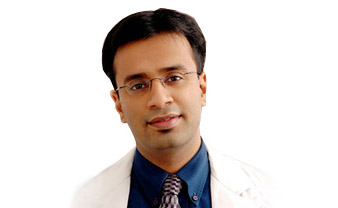

Dr. Debraj Shome is Director and Co founder of The Esthetic Clinics. He has been rated amongst the top surgeons in India by multiple agencies. The Esthetic Clinics patients include many international and national celebrities who prefer to opt for facial cosmetic surgery and facial plastic surgery in Mumbai because The Esthetic Clinics has its headquarters there.
